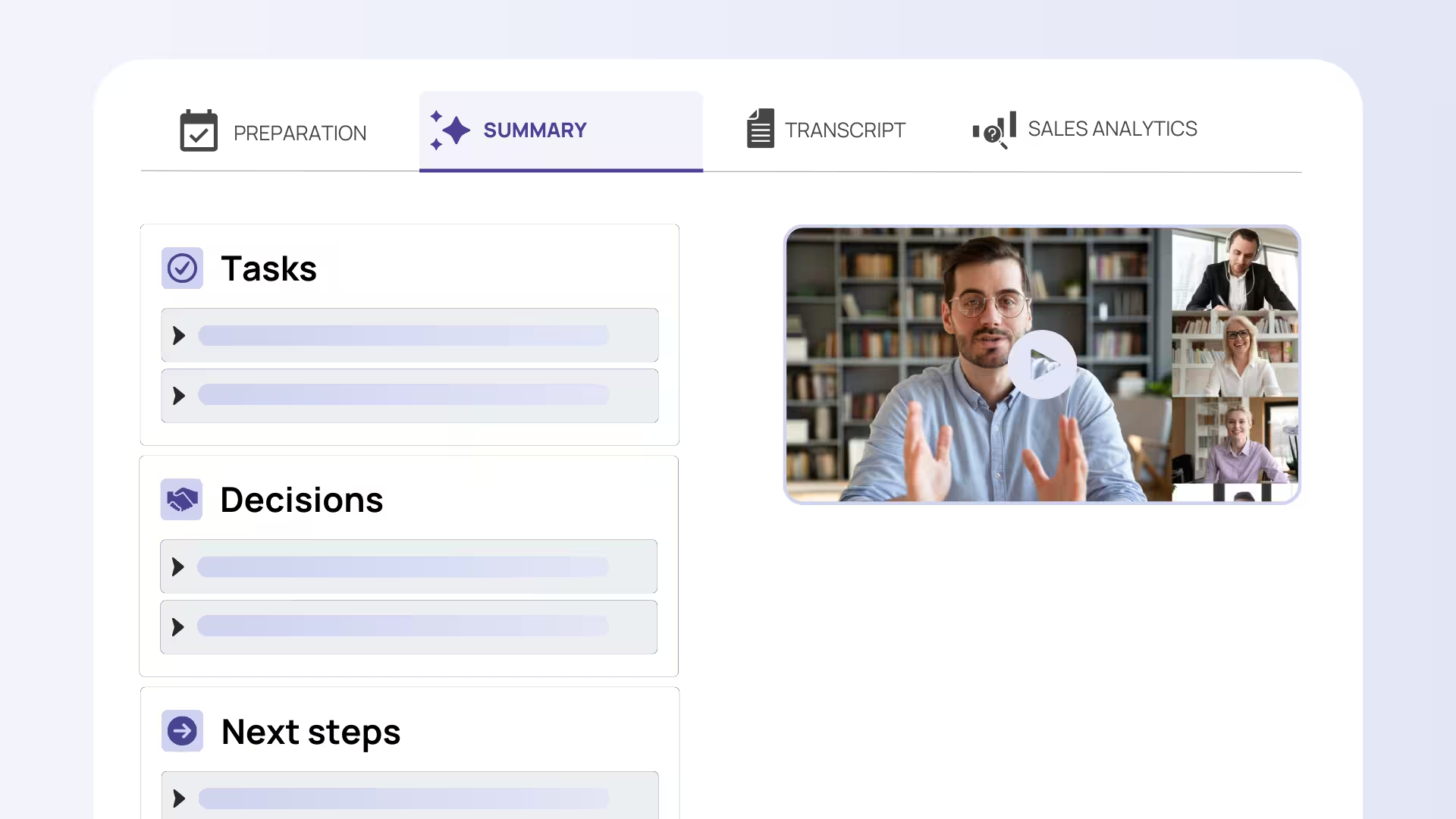Table of Contents
In today's working world, the quality of collaboration plays a decisive role in a company's success. Positive team dynamics are the key to higher productivity, more innovation, and more satisfied employees. However, many teams struggle with recurring challenges: communication problems lead to misunderstandings, unclear roles create friction, and simmering conflicts burden the work climate.
The good news is: Better team dynamics can be developed strategically and improved sustainably. This article shows you practical strategies to elevate collaboration in your team to a new level. From proven communication tools to modern approaches of psychological safety – here you'll learn how successful teams really function.
Communication as the Foundation for Better Team Dynamics
Why Open and Transparent Communication is Crucial
Communication is the heart of every successful teamwork. Without it, information gaps, misunderstandings, and in the worst case, a climate of mistrust emerge. Teams that communicate openly and transparently, on the other hand, create a foundation for trust and mutual understanding.
The numbers speak clearly: According to Harvard Business Review, teams with good communication are up to 25% more productive than those with communication deficits. This is because clear agreements save time, avoid duplicate work, and give all participants security.
A practical example: Imagine your development team is working on a new feature. Without regular communication, everyone develops in their own direction without knowing what others are doing. The result? Different solution approaches that don't fit together, and frustrated team members who have to redo their work.
Practical Measures to Promote Communication
Regular and structured meetings are the first step to better communication. It's not about having more meetings, but having the right ones. A weekly check-in where everyone briefly shares their status can work wonders. What's important is having a clear agenda and documenting the results.
This is where modern tools like Sally come into play. As an AI meeting assistant, Sally automatically joins your meetings, transcribes them, and creates summaries. This ensures no important point is lost and all team members have access to the discussed content – even if they couldn't attend.
A constructive feedback culture is equally crucial. Active listening means really listening to others instead of already formulating the next response. Appreciative interaction means formulating even critical feedback so it's understood as help rather than attack.
Digital communication tools are indispensable, especially for remote teams. Slack, Microsoft Teams, or similar platforms make it possible to closely connect even geographically separated team members. It's important to define clear rules for usage – when to use which channel and for what type of communication?
Creating Clear Goals, Roles, and Responsibilities
The Importance of Defined Goals for Team Performance
Without clear goals, teamwork resembles a ship without a compass. Everyone rows in a different direction, but nobody knows where the journey should lead. SMART goals are a proven framework here: Specific, Measurable, Achievable, Relevant, and Time-bound.

A practical example: Instead of saying "We want to improve our customer service," you define: "We reduce the average response time to customer inquiries from 24 to 8 hours by the end of the quarter." This way, everyone knows exactly what they're working on and when the goal is achieved.
Shared goals also create a sense of belonging. When everyone pulls in the same direction, it strengthens not only team performance but also each individual's motivation.
Clearly Distributing Roles Through Tools Like RACI Matrix
The RACI matrix is a simple but powerful tool for role distribution. RACI stands for Responsible, Accountable, Consulted, and Informed. For each task, it's clearly defined who takes on which role.
A practical example: When implementing a new CRM system, the IT manager is "Responsible" for technical implementation, the CEO is "Accountable" for the overall project, department heads are "Consulted" for important decisions, and all employees are "Informed" about project progress.
This clarity not only prevents duplicate work and responsibility gaps but also gives each team member security about their role. This reduces stress and increases motivation because everyone can focus on their strengths.
Conflict Management and Psychological Safety for a Healthy Team Culture
Proactive Approach to Conflicts
Conflicts in teams are inevitable – and that's a good thing. Different opinions and perspectives often lead to better solutions. The key is how these conflicts are handled.
Instead of avoiding conflicts or sweeping them under the rug, you should see them as opportunities. A constructive exchange of opinions can generate new ideas and deepen understanding for each other.
Mediation is a proven method here. When two team members disagree, a neutral third party can help clarify positions and find common solutions. Emotional intelligence training helps understand one's own emotions and those of others better and respond appropriately.
A common conflict scenario: Sales promises features to customers that the development team considers unrealistic. Instead of blaming each other, both sides could jointly search for solutions – perhaps there are alternatives that both satisfy customers and are technically feasible.
Psychological Safety as the Foundation for Openness and Innovation
Psychological safety is a relatively new concept that's gaining more attention. Google's Project Aristotle found that psychological safety is the most important factor for successful teams – even more important than team members' professional skills.
Amy Edmondson from Harvard Business School defines psychological safety as "the belief that one can ask questions, express concerns, and admit mistakes without fear of negative consequences."
Leaders play a crucial role here. They must create an atmosphere where mistakes are seen as learning opportunities rather than reasons for criticism. This means concretely: openly discussing one's own mistakes, encouraging questions, and valuing different opinions.
The effects are measurable: Teams with high psychological safety are more creative, motivated, and satisfied. They dare to express innovative ideas because they don't fear criticism.
Diversity, Digital Tools, and Long-term Development of Team Dynamics
Diversity and Inclusion as Innovation Drivers
Diversity in teams is more than just a trend – it's a real competitive advantage. Teams with different perspectives, backgrounds, and experiences find more creative solutions and make better decisions.
The McKinsey Report from 2022 shows impressively: Companies with diverse teams have 20% higher problem-solving speed and are more innovative. This is because different viewpoints help identify blind spots and find new paths.
A practical example: An international team at a software company develops an app for different markets. Team members from various countries contribute their cultural perspectives and ensure the app succeeds in all target markets.
Inclusion means that all team members can contribute their strengths and feel valued. This requires conscious efforts: designing meetings so everyone has a voice, respecting cultural differences, and considering different working styles.
Using Modern Digital Tools for Collaboration and Team Building
Digital transformation has also changed teamwork. Modern tools enable teams to collaborate more effectively – regardless of where individual members are located.
Virtual whiteboards like Miro or Jamboard bring brainstorming into the digital realm. Teams can jointly develop ideas, visualize processes, and plan projects – all in real-time and from different locations.
Chat tools like Slack or Microsoft Teams enable quick communication and create digital spaces for various projects and topics. It's important to use these tools strategically and not share every thought immediately.
For documentation and tracking of meetings, AI tools like Sally can provide real value. They automatically record, transcribe, and create summaries – so the team can focus on content instead of taking notes.
Virtual team building is also becoming increasingly important. Online escape rooms, virtual coffee breaks, or shared online games can help strengthen cohesion even in geographically separated teams.

Sustainable Maintenance and Monitoring of Team Dynamics
Better team dynamics is not a one-time project but a continuous process. Regular reflection rounds help feel the team's pulse and recognize early where improvements are needed.
Retrospectives, originating from agile software development, are a proven format. The team meets regularly and discusses: What went well? What can we improve? What do we try next?
Pulse surveys provide quantitative insights into team mood. Short, regular surveys can show trends and identify problems early before they escalate.
It's also important to make successes measurable. Concrete metrics could be: employee satisfaction, turnover, project success, innovation rate, or customer satisfaction. A team that has improved its communication might find that projects are completed faster and require less rework.
Conclusion
Better team dynamics is not a coincidence but the result of targeted efforts. The most important building blocks are: open communication, clear goals and roles, constructive handling of conflicts, and psychological safety as the foundation for trust and innovation.
Diversity and modern digital tools additionally enrich this process and enable teams to realize their full potential. However, it's crucial that improving team dynamics is understood as a long-term process requiring regular reflection and adjustment.
The key to success lies in systematic implementation: Start with small steps, regularly get feedback from your team, and adjust your approaches accordingly. Over time, you'll find that not only collaboration improves, but also the motivation and satisfaction of all participants increases.
For teams looking to improve their meeting culture, tools like Sally can help document discussions and manage follow-ups. This leaves more time for what's essential: the human side of teamwork.

Try meeting transcription now!
Experience how effortless meeting notes can be – try Sally free for 4 weeks.
Test NowOr: Arrange a Demo Appointment

.avif)


